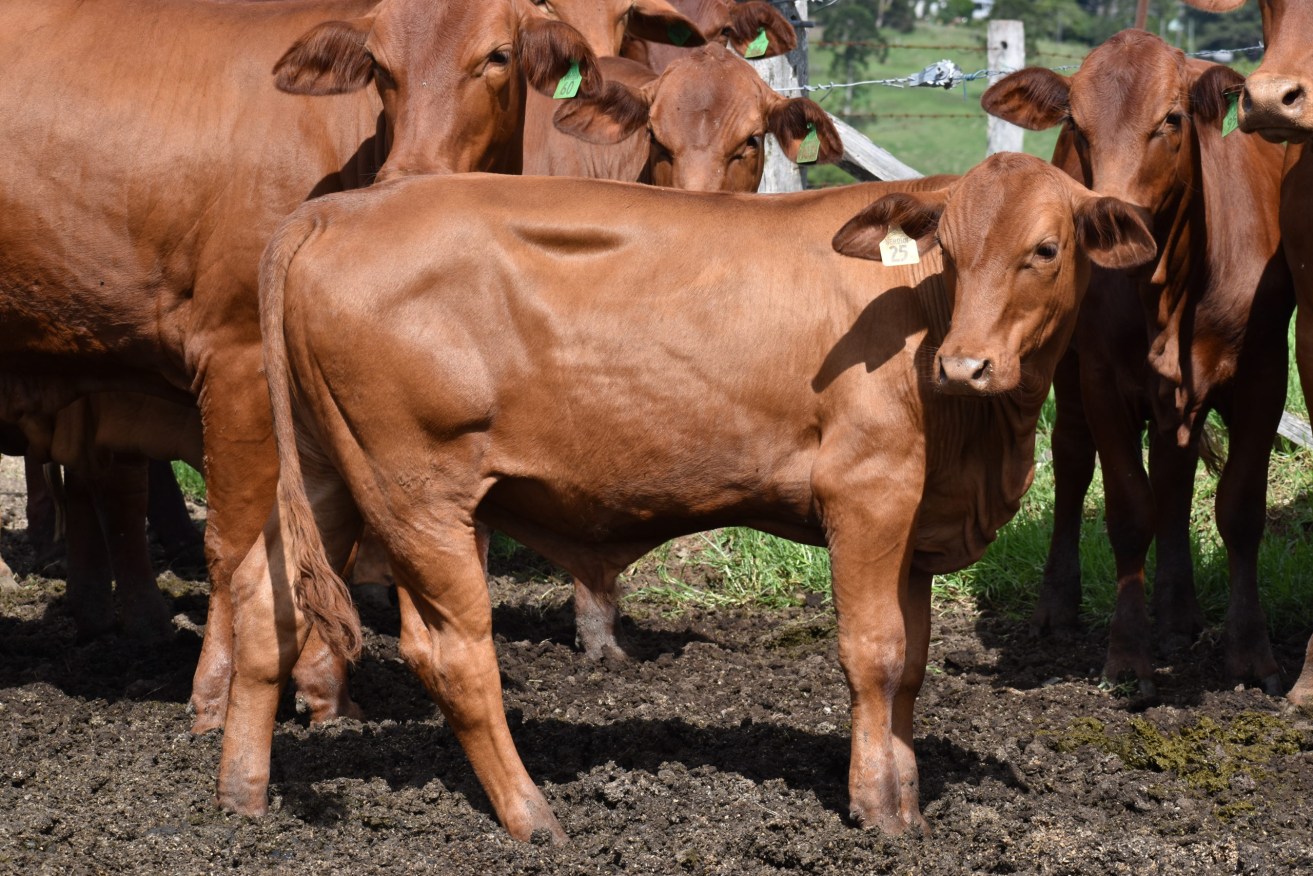Calf strain: How rebounding cattle numbers spell good news for shoppers
Healthier rainfall generally produces healthier grass which produces healthier cattle able to breed healthier calves, which all adds up to a healthier grocery bill at the checkout.


And it’s this cycle that’s likely to play out in 2022, with more beef at higher quality entering the supply chain – a simple supply and demand dynamic that’s likely to see prices ease for beef.
As ANZ’s Ian Hanrahan has observed, 2022 marks the third year of decent rain across most of Australia’s pastoral country, fuelling strong pasture growth that enables cattle to grow at a strong rate without the pressure of weather stress.
Think of it as a baby boom for cows.
“Australia’s female cattle herd now looks set to deliver one of the biggest calvings in years, and also one of the healthiest,” Hanrahan said.
“This is because many of the first calvers, now two or three years of age, will be in excellent condition and therefore likely to have easier births and deliver stronger calves.”
According to the bank’s head of institutional food, beverage and agribusiness, if lot feeders and processors are paying less for their cattle due to increased availability, the savings could flow through to prices consumers pay at the butcher, supermarket or restaurant.
That would make beef more price competitive with cheaper proteins, such as chicken, Hanrahan said.
Figures released recently on the trends from last quarter, show the feedlot sector on an upward trajectory, despite the record-high prices for cattle last year and lower abattoir throughput.
From October to December, grain fed beef accounted for 54.5 per cent of total beef production – up from the five-year average of 44.8 per cent.
During the same period, grain fed represented over 50 per cent of the cattle slaughtered in Australia for the first time ever, and feedlot capacity hit a record high of 1,453,580 head.
Australian Lot Feeders Association president Barb Madden, who works at the Smithfield feedlot at Proston, near Kingaroy, said the number of cattle on feed and growth in feedlot capacity demonstrated continued confidence in the long-term future of the industry.
“Grain fed cattle representing over 50 per cent of the total slaughter in Australia in a quarter reinforces, and builds on, the trends we have seen throughout the year – that feedlots are providing continuity of supply in a period of low production and slaughter,” she said.
The forecast for higher beef production comes as the University of Queensland unveils a new tool that will help northern Australian cattle producers manage their herds’ fertility and growth rates more effectively.
Researchers say they have developed a method that will allow them to assess the ages of individual animals by using a real-time sequencing device on DNA extracted from tail hair.
The development is considered a “game-changer” given the northern Australian herd comprises some 12.5 million head of cattle, which range freely in-between annual musters and generally miss having the births of individual animals recorded.
UQ Centre for Animal Science director, Professor Ben Hayes, said that without age records, it was difficult to establish baseline growth rates and apply genomic predictions.
“There are also adverse impacts on herd management,” he said.
“This form of genetic analysis has proved exceptionally powerful at driving-up important productivity and welfare traits.”








